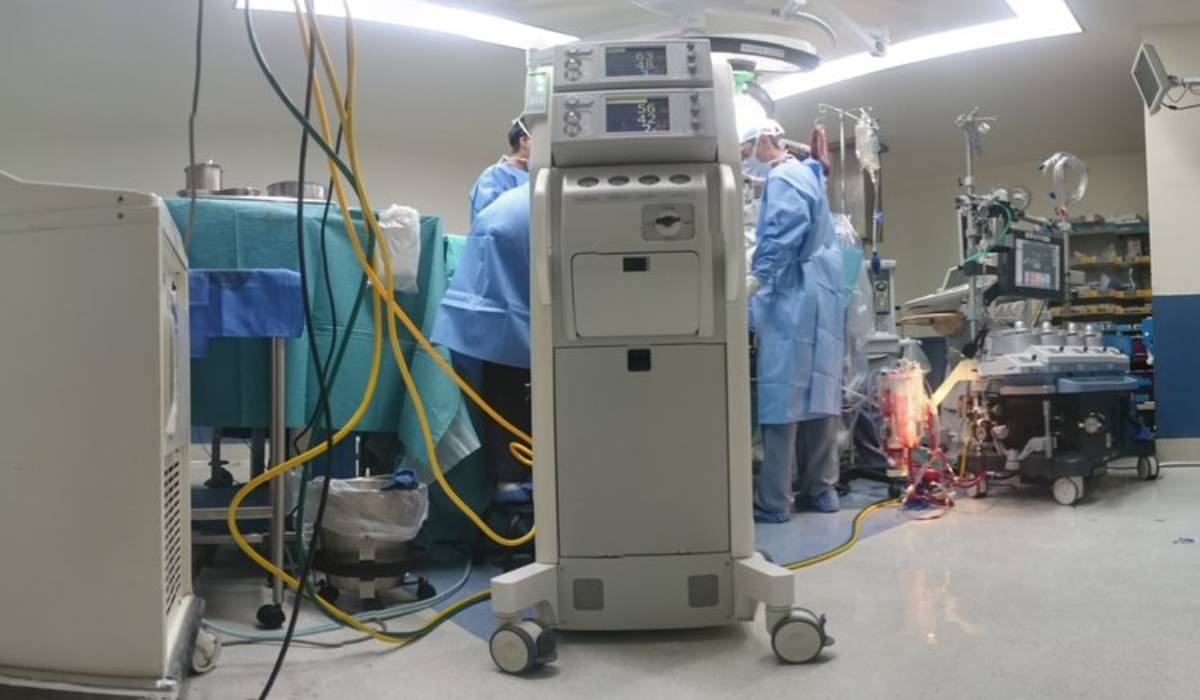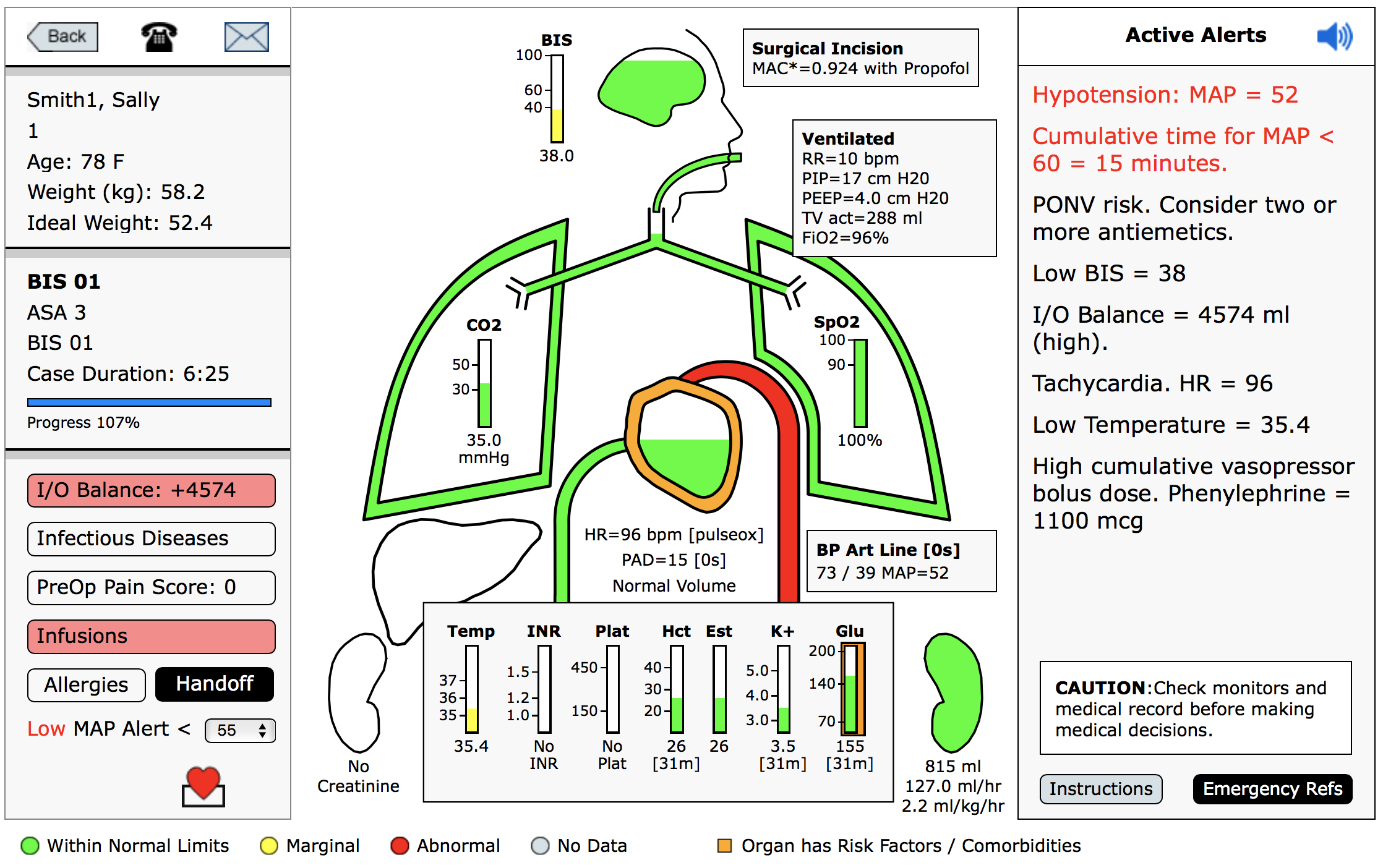ARTICLE SUMMARY:
In Part 2 of our interview, Rick Valencia, President of Qualcomm Life, tells us about his company’s recent partnership with AlertWatch Inc. to provide real-time intelligence to anesthesiologists in the operating room (and those monitoring patients remotely). He also talks about what’s next in the evolution toward value-based care, and his personal passion for the medtech industry.
Data is permeating every component of the healthcare ecosystem, including medical devices, and harnessing it and making it digestible by all players is a complex but promising proposition. (See our publication MedTech Strategist for a variety of articles on this topic.) Qualcomm Life is investing in technologies to enable this transition.
In a recent example, this past February, the company announced a strategic licensing agreement with AlertWatch Inc., an Ann Arbor, Michigan-based digital health firm that produces intelligent, real-time patient monitoring software focused on improving quality and safety. In the deal, Qualcomm obtained the exclusive worldwide rights to market the AlertWatch:OR product – an FDA Class II software-as-medical device (SaMD) used by clinicians for secondary monitoring of patients in operating rooms. Developed at the University of Michigan Health System, AlertWatch:OR leverages data streamed from Qualcomm Life’s Capsule platform with EMR feeds to provide real-time intelligence to anesthesiologists (and those monitoring patients remotely) to help guide the care of patients during surgery. AlertWatch:OR supports anesthesia providers by displaying a high-level, comprehensive dashboard view of the patient and alerting for certain quality and safety issues in real time, so the care of each patient can be improved. The software integrates, analyzes, and displays hundreds of data points in a single, intuitive display of the human body (see AlertWatch:OR patient dashboard screen image here). An analogy to this level of simplicity is the uncluttered aviation instrument panels in modern airplanes, compared to the information overload that pilots used to have to manage in the past.
In a six-year study of nearly 27,000 patients, published in the February 2018 issue of the journal Anesthesiology, use of the AlertWatch:OR decision support system, including real-time visualizations, was associated with a risk-adjusted improvement in process-of-care measures among high-risk patients undergoing major inpatient surgery (see this link for more information on this study).

The Paradigm Shift of Value-Based Care
So what’s next in the shift to value-based care? According to Valencia, it will be to run all the data collected by these connected medical devices against algorithms and artificial intelligence (AI), in a platform that enables machine learning, and start to create true data-driven medicine. This is similar to the technology already being employed in autonomous cars and the autopilot function in airplanes, he says. We are there now, says Valencia. “We are at a point where we are beginning to have data-driven medicine solutions in the hospital. We are seeing a lot of interest in the buying cycle, and are doing our first early deployments right now. Hospital customers want to know that we’ve got that capability.”
The complex and evolving healthcare evolution is an important cause for Valencia, who is a Co-Chair of the World Economic Forum’s Value in Healthcare Project, a group representing a cross-sector of healthcare stakeholders with the goal of enabling a paradigm shift from the current volume-focused approach in most healthcare systems, to one of value. According to an April 2017 report from the Project, in collaboration with Boston Consulting Group, four enablers are key to accelerating the adoption of value-based healthcare (see the full report here):
1) Health informatics: to facilitate the easy collection, analysis and sharing of outcomes and cost data;
2) Benchmarking, research and tools: to leverage data on outcomes and the costs for clinical practice improvement and innovation;
3) Value-based payments: to create incentives for all stakeholders to focus on value; and
4) Innovations in organizing care delivery: to improve coordination across the health system.
For Valencia, his passion for the medtech industry is also a deeply personal mission. When Qualcomm first decided to move into the healthcare space, he was asked by his best friend, past Qualcomm President Steve Altman, to help build the business. Valencia, who was concerned about taking on the task as he didn’t come from a healthcare background, was reminded by Altman that his father, brother, niece, and two of Altman and his wife Lisa’s three children are afflicted with type 1 diabetes. Altman and his family have always had an enormous passion for finding a cure for the disease. He impressed upon Valencia that he wanted him to take on this new role not only because it’s a good business opportunity for Qualcomm, but also because he wanted him to help find a cure for diabetes. It was an opportunity that Valencia couldn’t turn down.
Qualcomm Life is involved in wireless diabetes data capture through a partnership with LifeScan Inc., one of the Johnson & Johnson Diabetes Care Companies, announced in June 2017, among other efforts, and Valencia is on the board of touchscreen insulin pump company Tandem Diabetes Care Inc. (The latter will be discussed in an upcoming edition of our "In MedTech History" blog post series.)
#QualcommLife #AlertWatch #AlertWatch:OR #anesthesia #digitalhealth #RickValencia #connectedhealth #internetofmedicalthings #remotemonitoring #artificialintelligence #TandemDiabetes #diabetes #LifeScan #Johnson&Johnson #WorldEconomicForum #RickValencia #SteveAltman #CommunityBlog #MedTechStrategist #medicaldevice #medtech #tracyschaaf
![]() Trial MyStrategist.com and unlock 7-days of exclusive subscriber-only access to the medical device industry's most trusted strategic publications: MedTech Strategist & Market Pathways. For more information on our demographics and current readership click here.
Trial MyStrategist.com and unlock 7-days of exclusive subscriber-only access to the medical device industry's most trusted strategic publications: MedTech Strategist & Market Pathways. For more information on our demographics and current readership click here.

